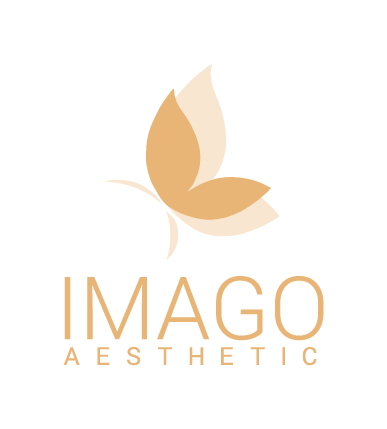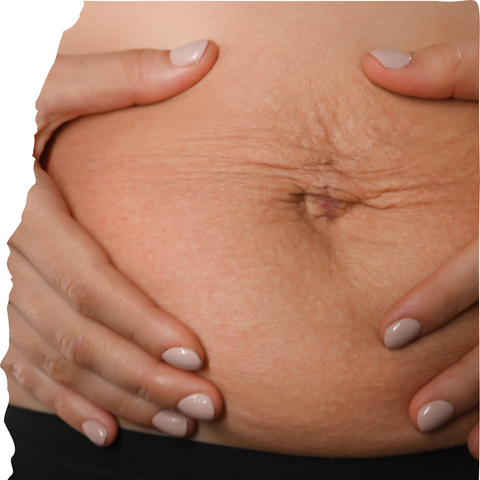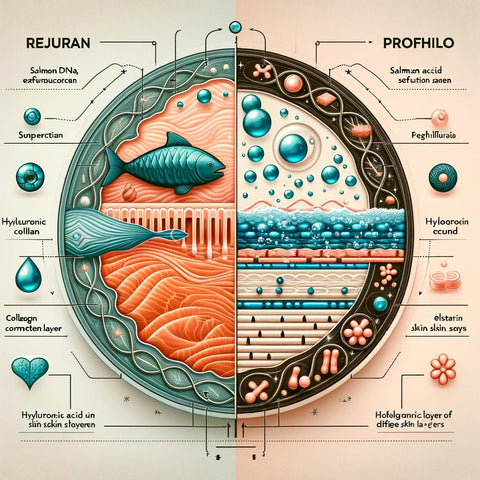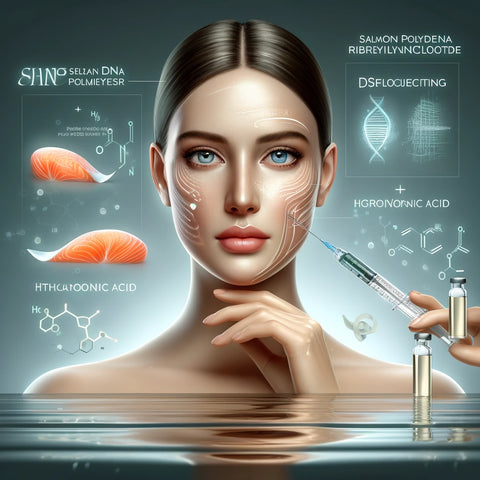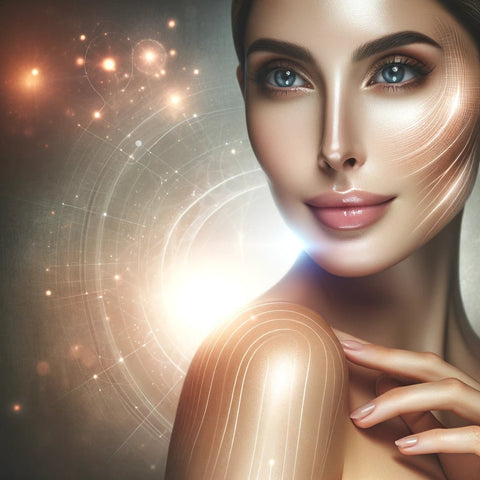Is Your Stretch Marks Causing Trouble For You?
Reduce unwanted stretch marks with non-invasive treatments!
Stretch marks also referred to as striae, are reddish brown, pink, or purple streaks that can grow on the skin. They may appear on your thighs, butts, the hind zone of the arms, hips, flank, and over the knees. Over a period, the sore on the skin transforms into white streaks, that becomes scars within the skin.
In most cases, stretch marks appear when your skin stretches suddenly. Due to reasons such as pregnancy or weight gain in a short period of time. Elastin tissues that support your skin are not able to adapt to a sudden build up in the body. And in due course, tissues will tear instead of stretch. The results with a scar which is what we know as a stretch mark. Which fades over time to have a silver, glossy, or bright look.
While they pose no risks, stretch marks are an external concern and can cause problems with self esteem. Because anyone can develop stretch marks, while they are more common in women than men.
What Are Stretch Marks?
Stretch marks are set-in streaks that show up on your stomach, breasts, hips, butt, and thighs. These long, thin, rippled mark's medical name striae. If you have stretch marks, you would wish they’d go away. Because these lines in your skin aren’t harmful to your health, but they aren’t great to look at either.
Stretch marks are a type of scar that appears when the middle layer of the skin stretches or shrinks. When the body expands, the fibers that connects the skin slowly stretch to get use to slow growth. With rapid growth, there is sudden stretching and this causes the dermis to tear. This also allows deeper layers of skin to show through. The sudden change further causes the collagen and elastin that supports the skin to rupture. As the skin heals, stretch marks may appear as long, narrow streaks, bands, or lines. They can occur on various body parts. But after some time fade to a silvery, white, or glossy look. Due to the pale fat under the skin turning visible instead of the usual blood vessels.
And even though they’ll never really go away, they might fade over time. With help from certain products and procedures.
What Are The Causes Of Stretch Marks?
Pregnancy causes your body to change to make room for your growing baby. In addition to gaining weight, your uterus, muscles and skin around your stomach stretches to great extent. It is common for that extra pregnancy weight to linger for a while after giving birth. After all, changes in your body during pregnancy do not happen in an instant.
Stretch marks happen when your body grows quickly for any reason. Because your skin can’t stretch enough to keep up.
Collagen is a protein that makes your skin more elastic. If your skin doesn’t have enough, the marks may show up as it stretches.
Stretch Mark Causes:
Pregnancy
Women develops stretch marks during pregnancy as the skin stretches to create room for the growing baby. Changes in your hormones during pregnancy can also soften the fibres of your skin. Thus, making it more prone to “tearing” and stretch marks.
Stretch marks are most common during or after the sixth month of pregnancy. Common visible areas are at the abdomen and the breasts due to lactation.
Rapid Weight/Muscle Gain
The faster you gain weight, increases the chance of you to developing stretch marks. Gaining lots of muscle mass quickly as most body builder sometimes do, can also cause stretch marks.
Puberty
Teenagers who are in puberty tend to either put on a massive amount of weight. Further grow taller in a short period of time. Although the skin is fairly elastic at a young age. Collagen production may not be able to keep up with the stretch of skin during puberty. Eventually, leading to scars in the form of stretch marks.
Medical Conditions
Medical problems such as Cushing’s Syndrome and Marfan Syndrome certain to cause stretch marks. Marfan syndrome causes a vital decrease in the elasticity of your skin tissue that also limits its ability to stretch. On the other hand, Cusing's syndrome increases excess production of the cortisol, a steroid hormone that your adrenal glands produce. That leads to rapid weight gain hence weaken the skin while reduce elasticity.
Certain medical problems that lead to sudden growth, rapid weight gain, or skin problems can also cause stretch marks.
Fast Facts On Stretch Marks
- Stretch marks are long, narrow streaks or stripes that occur when the skin stretches too quickly.
- Pregnancy, puberty, and rapid weight gain can all cause stretch marks.
- There is little medical studies at hand that confirms the success rate of current treatments for stretch marks.
- Stretch marks often fade over time without treatment and do not pose any serious long term health risks.
Do Stretch Marks Ever Go Away?
No, stretch marks will not go away. It is not possible to fully remove stretch marks naturally. However, there are methods that help reduce the looks of stretch marks and make them fade more quickly.
What Are The Symptoms Of Stretch Marks?
Stretch mark symptoms may include:
- Sunken lines in your skin.
- Discoloration (red, pink, blue, black, purple or brown).
- Skin becomes glossy and appears bounded in silver or white over time.
- Itchiness.
- Irritation.
Can I Get Rid Of Stretch Marks?
No, you cannot get rid of stretch marks. Like any scar, stretch marks are long lasting, but treatment may make them less notable. Treatment can also help ease the itch.
It’s important to understand that no single treatment works for everyone — and many products don’t seem to work at all.
How Can I Reduce My Risk Of Developing Stretch Marks?
You can’t do anything that promise that you won’t cause stretch marks. But a fusion of hydration, diet and exercise can help reduce your risk.
Hydration
Drink plenty of water. Water helps keep your skin stay soft, so you’re less likely to causes stretch marks. Drinking caffeine can also increase your risk to develop stretch marks. If you drink a lot of coffee, tea or soda pop. It will be a good idea to drink more — water.
Diet
It’s also a good idea to eat foods that promote healthy skin, this includes foods that are:
- Rich in zinc, such as nuts or fish.
- High in vitamins A, C and D, such as carrots, citrus fruits and milk.
- Rich in protein, such as lentils, beans, broccoli, lean beef and chicken.
Exercise
Exercise can increase blood flow and also helps your body produce collagen. In addition, increases blood flow and collagen help your skin stay strong and stretchy.
Avoid sudden weight gain:
Sudden weight gain is a major cause of stretch marks. If you are trying to lose weight, do so to avoid stretch marks over time.
How To Remove Stretch Marks Fast?
Medical professionals and doctors may use various treatments ranging from;
- Chemical peel
- Fractional Co2 Laser
- Laser Therapy
- Microneedling
- RF Microneedling
- Radio Frequency
- IPL
to reduce the looks of stretch marks.
How To Treat Stretch Marks?
In general, treating stretch marks is difficult. Treatment improves the looks of stretch marks, but they may not fully disappear. To address your stretch marks when they first appear yields the best results. Older, deep stretch marks may be more tough to treat.
Treatment options include:
Laser Skin Resurfacing
Laser Skin Resurfacing is a type of non-invasive treatment. Your healthcare provider directs short, intense, quaking beams of light on your stretch marks.
You should see an instant contrast after treatment. Your skin may continue to improve for up to a year, and the boost may last for a few years.
Side effects may include the look of small white bumps on your skin called milia. Also skin swells, dark areas of skin and light areas of skin.
Dermabrasion
Your healthcare provider uses a specialized instrument to scrape away your stretch marks. The process improves your skin contour and results in smooth new skin.
It will likely take at least two weeks for your skin to heal. You should see full, complete results several weeks or months after the treatment.
Microneedling
During microneedling, your healthcare provider pokes your skin with thin needles. The tiny punctures boosts the growth of new collagen and elastin fibers to create firmer skin. Most people require between three and six treatments to see results.
Side effects may include irritation, discoloration, swelling and flaky skin.
Retinol
Retinol comes from vitamin A. It’s an ingredient in many over-the-counter anti-aging skin care creams. Because of its ability to improve wrinkles, skin texture and your skin’s hydration levels. Retinol creams may require at least six months of regular use before you see visible results.
Side effects may include dry skin, irritation, discoloration and light sensitivity.
How Much Does Stretch Mark Removal Cost In Singapore?
Stretch mark removal in Singapore price starts from
- Radiofrequency – From $180 per session
- Microdermabrasion – From $100 per session
- Laser Therapy – From $321 per session
- Fractional CO2 Laser Skin Resurfacing – From $450 per session
- RF Microneedling - From $499 per session
Trial stretch marks removal cost at $499 Includes:
- Comprehensive Personalised Assessment
- Treatment using RF Microneedling Technology
